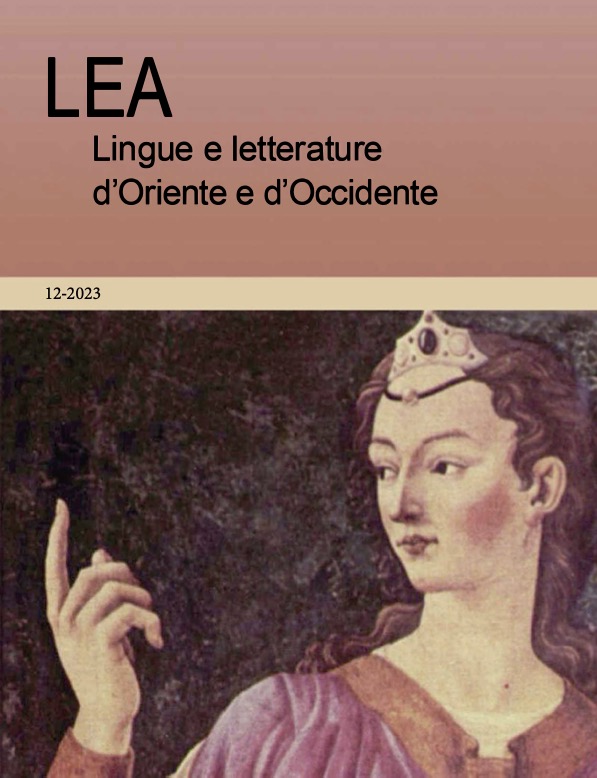She, He or It? Is it a Matter of Gender or Something Else? A Look into Children and Teens’ Literature
Published 2023-12-23
Keywords
- Agreement,
- Anaphora,
- Co-reference Marking,
- Grammatical Gender,
- Semantic Gender
Copyright (c) 2023 Letizia Vezzosi

This work is licensed under a Creative Commons Attribution 4.0 International License.
Abstract
In the last couple of decades, there have been numerous studies on gender renewal (Unterbeck et al. 2000; Fernández Ordoñez 2009; Fanego et al. 2011; Aikhenvald 2016; Samuel, Cole, and Eacott 2019), all of them stressing the relevance of conceptual categories, such as animacy and individuation, in the transition towards (more) semantic systems. These studies mainly focus on the emergence of new gender system and on pronominal agreement strategies. The phenomenon of gender variation concerns the change of gender assignment and also co-exists within fully-grammaticalised and/or standardised gender system[s]. This paper deals with gender assignment variation in English children’s literature, where the factors ruling gender assignment apparently diverge from those claimed in traditional grammar. Examining a more marginal phenomenon, i.e. multi-gender nouns (Corbett 1991; Vezzosi 2008; Semplicini and Vezzosi 2017) in the history of English, I propose to show how gender is not too different from other nominal categories, and its assignment is a matter of semantic-pragmatic agreement. Accordingly, individuation still plays a major role in the gender systems of English varieties and informal register.

